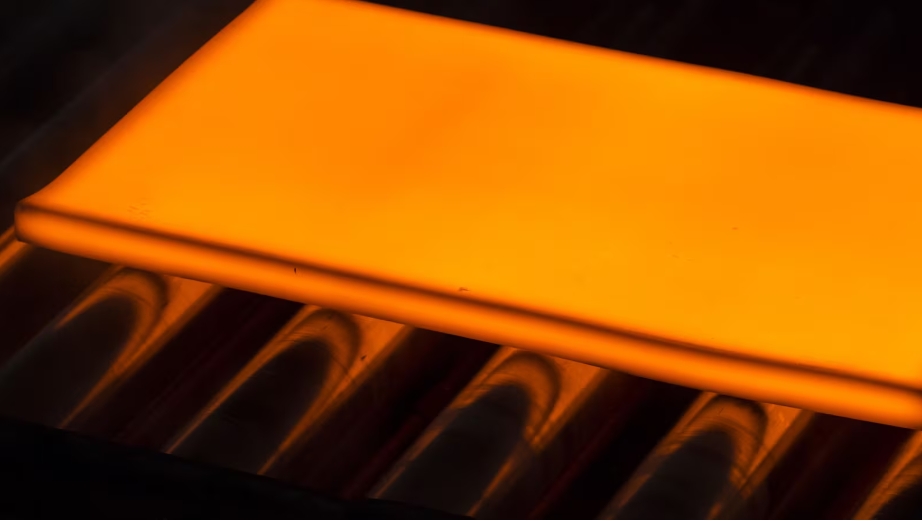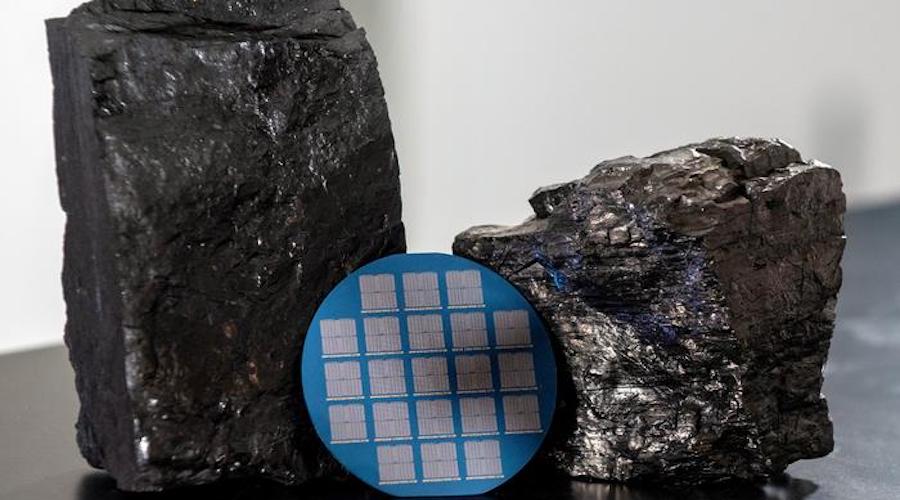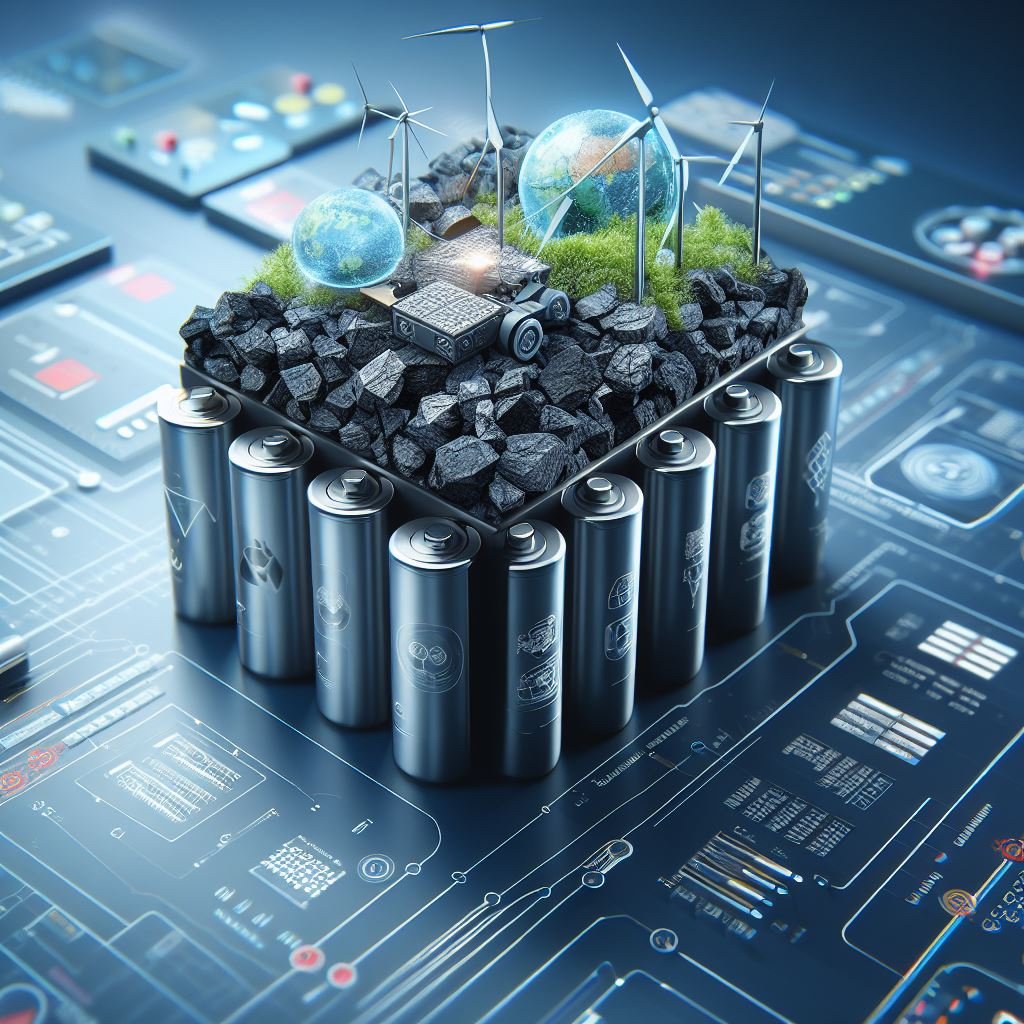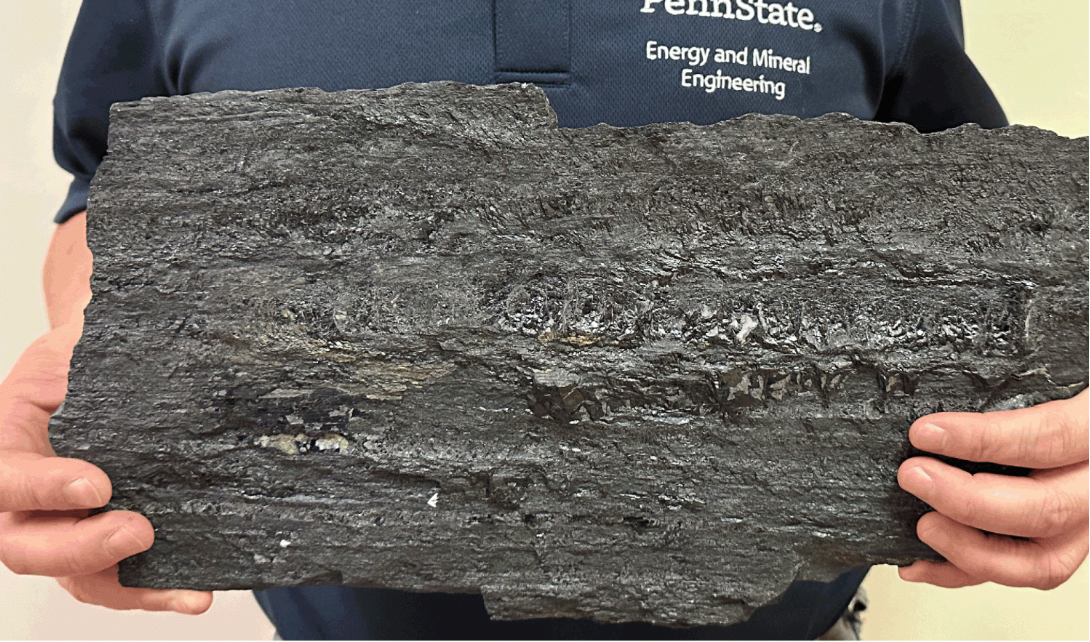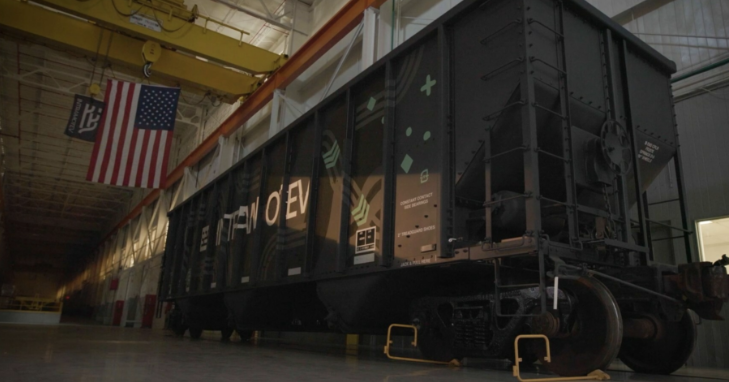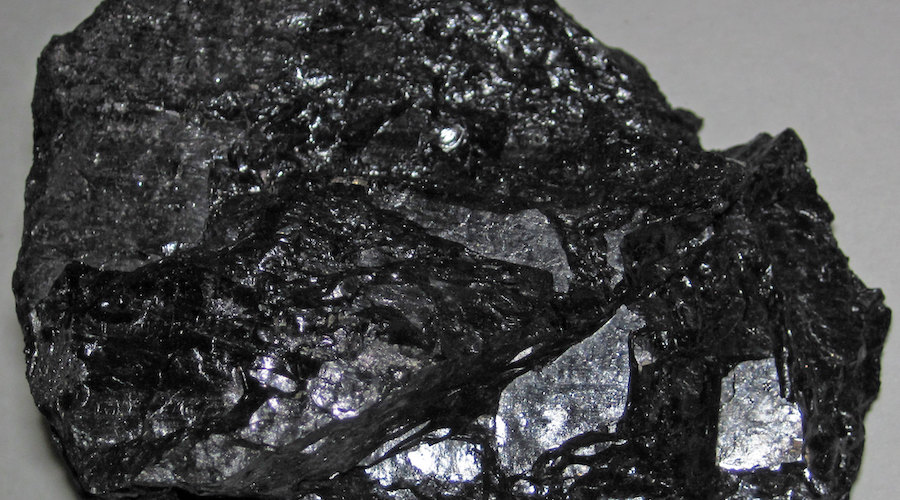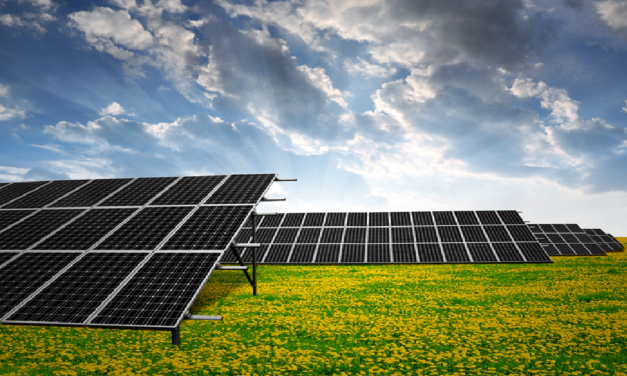
SPIC conducted a thorough review of available solutions and models to evaluate the merit of each offer before a decision was finalized. The Tiger Neo was chosen for its ultra-high conversion efficiency of up to 22.3%, one of the best solar panels currently available in terms of maximum power output, high energy density, better generation capacity (kWh/kW) and economically sensible.
Another key merit of the Tiger Neo is its lower temperature coefficient. The temperature coefficient indicates how well a solar panel will perform in less-than-ideal conditions. Solar panels, like other electronics, operate at their best when they are kept cool (ideally around 25° C/77° F). The temperature coefficient is one indication of how a panel’s performance will endure hot and sunny summer days.
For every degree above 25° C (77° F), the solar panel’s electricity production will decrease by its temperature coefficient. For example, the Tiger Neo panel has a temperature coefficient of -0.3%/° C, lower than that of the conventional panel which is -0.35%/° C. This means that, if the panel’s temperature increases all the way to 35° C (95° F), the electricity production of the two options will differ by 0.5%= [(0.35/° C-0.30/° C) *10° C], which is huge for a 1 MW-scale project. Thanks to an industry-leading 30-year warranty, investors have full confidence in the performance of the Tiger Neo modules that have much lower degradation and extremely low LID.
Mr. Kangping Chen, CEO of Jinko Solar Co., Ltd. commented, “We are very pleased that SPIC has chosen our next-generation, flagship Tiger Neo modules for their new project, reaffirming JinkoSolar as the top manufacturer of choice in China. Domestic demand for a steady, economically viable clean energy source will help the industry transition to a new era of energy generation. Designed to meet the needs of large-scale utility projects, PV systems adopting the N-type TOPCon technology and operation solutions are making sound investments for more cost-efficient, reliable and profitable returns.”
